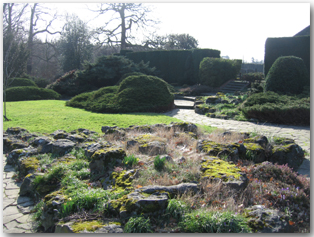
 |
|||||||
|
John Cator (1728-1806) was a wealthy timber merchant and landowner responsible for the layout of much of the areas around Blackheath, London and Beckenham in north-west Kent during the late 18th century. The son of a Herefordshire timber merchant and Quaker, Cator joined the family business which had relocated to a new London base in Southwark, and sought to capitalise on the growth of the capital by investing in property, mainly in south-east London and Kent. He was member of parliament for Wallingford from 1772 to 1780. Married to Mary Collinson (daughter of botanist Peter Collinson), he was Lord of the Manor of Beckenham from 1773 and devoted much of his energies to transforming the village into a significant suburban town, with opulent houses situated along wide tree-lined avenues. One of his first acts was to commission Beckenham Park Place, a Palladian-style mansion (attributed to architect Sir Robert Taylor) much admired by Dr Samuel Johnson, which today serves as the club-house of a golf club. Slightly closer to central London, he also planned a major estate today known as Blackheath Park or the Cator Estate to the east of the centre of Blackheath village, and south-east of the Heath itself. Work started in 1783 after Cator bought the Wricklemarsh mansion (formerly owned by Sir Gregory Page) and its 250 acre (1 km≤) estate for a bargain £22,250. The Palladian mansion (designed by architect John James) was demolished in 1787 and Cator began to break up the estate into small packages of land to be individually developed. Among the earliest commissions was one for architect Michael Searles to design a 14-house crescent, 'The Paragon', on the south side of the Heath some of the colonnades are said to incorporate pillars used in Page's mansion. Cator died in 1806 and was buried in the churchyard of St George's Church, Beckenham. His estates were inherited by his nephew John Barwell Cator, but became neglected, and it fell to another Cator, Albemarle Cator, to expand the developments of Beckenham and Blackheath to take advantage of the growth of the railway network during the early 19th century. |
 |
 |
|
 |
|
 |
|